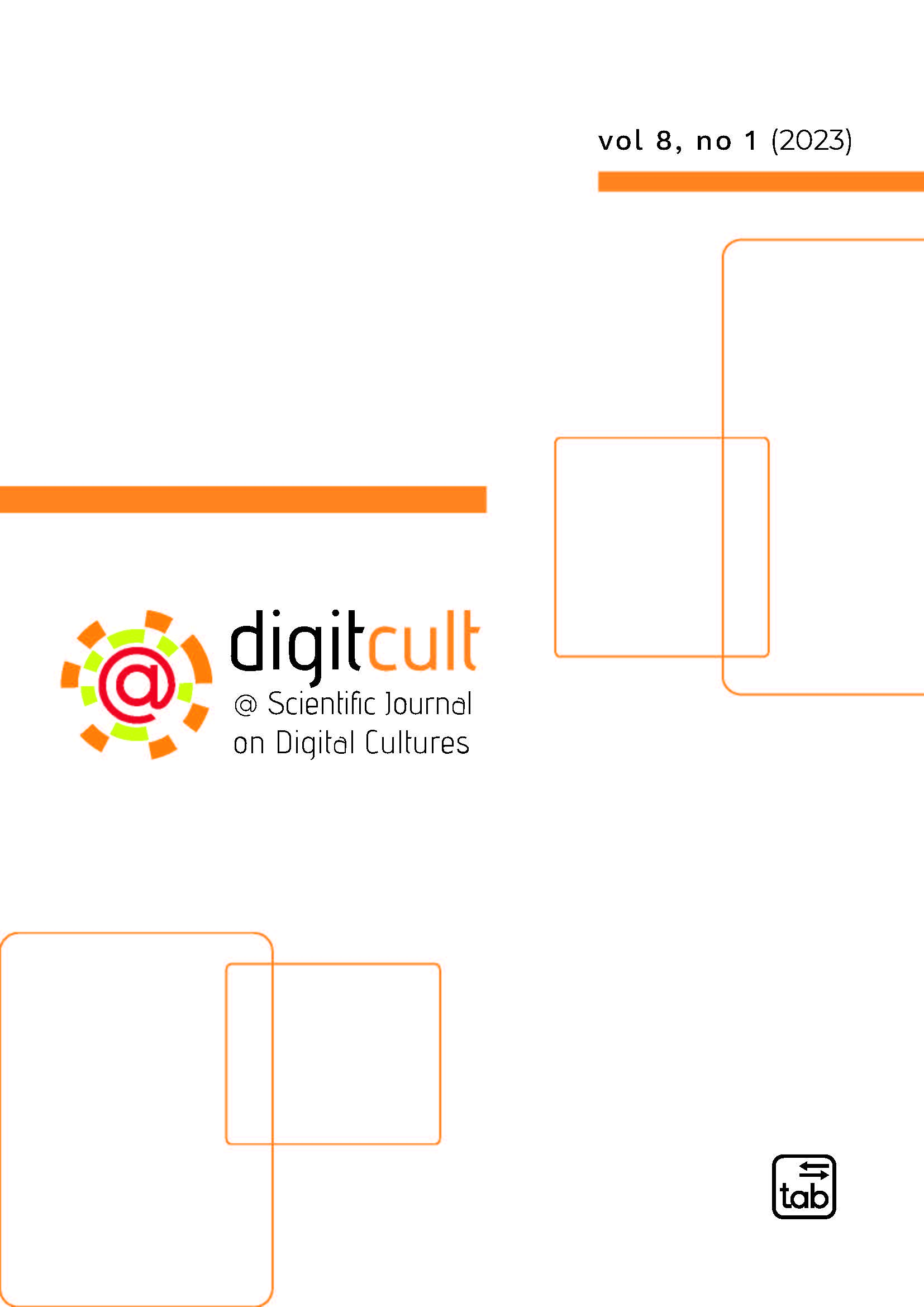Body descriptions in biohacking and their overlaps and origins
a Swedish case study
Abstract [eng]
Biohacking has lately become more and more prominent in public cultural discourses in Sweden. Since the impact on the public might grow following this it is important to examine what other ideologies are part of the deal when we consume ideas coming from biohacking. By doing a qualitative content analysis of the material produced by the most well-known publicly directed biohacker in Sweden, Martina Johansson, I first distinguished what descriptions of the human biological body were present in her statements. I then traced these descriptions to a philosophical, a scientific, and a political discourse. The analysis showed that Johansson’s biohacking overlapped significantly with transhumanism, post-genomic biology (here synthetic biology) and libertarianism. In summary the analysis showed an overlap with transhumanist discourse as they both describe the human biological body as a machine (but with different meanings discernible after close analysis), and with post-genomic biology science as they share an imperative of taking charge of your own destiny through intervening in your biological system on a molecular level. An overlap with libertarianist ideology was also found concerning Johansson’s ideas about medical research and health care as non-generalizable and personal health as an individual neoliberal entrepreneur project. The latter also raised the question of a post-truth approach to expertise. Given these overlaps and following moral consequences the impact from transhumanism, post-genomic biology, and libertarianism on biohacking has to be considered as part of the biohacking discourse in a future where this model might influence health care, and biological self-understanding of the public.
This journal provides immediate open access to its content on the principle that making research freely available to the public supports a greater global exchange of knowledge.
DigitCult is open access gold. Articles are published under a Creative Commons Attribution (CC BY-NC 4.0) licence to support maximum dissemination and use.
With the licence CC-BY, authors retain the copyright, allowing anyone to download, reuse, re-print, modify, distribute and/or copy their contribution. The work must be properly attributed to its author.
It is not necessary to ask further permissions both to author or journal board.



